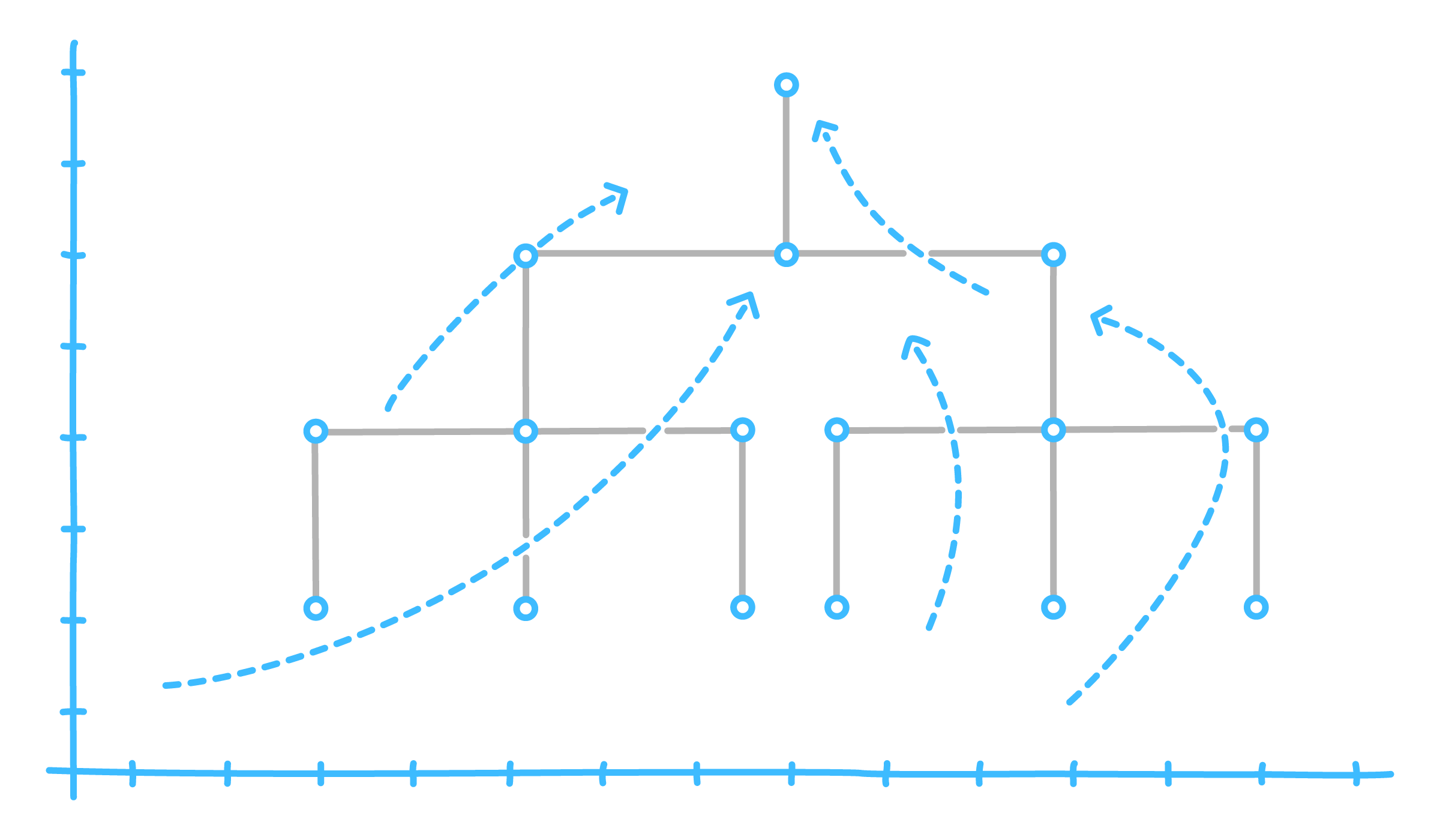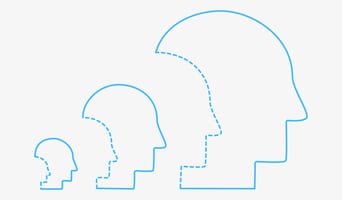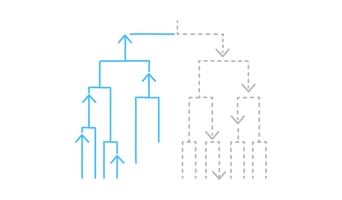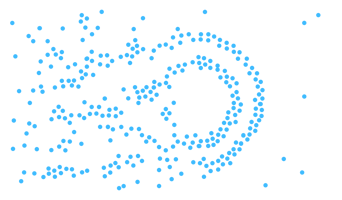Many growing SMEs discover that leadership development is a key lever for sustainable organizational performance. This actual Management Kits case study aimed at designing a comprehensive leadership development framework in a mid-sized manufacturing and trade organization. We discuss how to approach the process in order to reflect the science and practice of effective leadership development work.
Imagine you’re new to the role of talent or leadership development lead in a growing manufacturing and trading SME, a market leader in your niche. The executive board prioritizes your work, and they’re ready to sponsor new approaches. At the same time, senior leaders want to understand how the investment will pay off. You’ve inherited numerous diverse legacy training programs with diverse conceptual backgrounds and vendors.
This was the situation one of our users was facing when he onboarded with our Leadership Development Kit and made use of its user success support, including a complimentary expert coaching session. He had three objectives:
-
Define and run a series of leadership development initiatives for the n-1 and n-2 top management levels
-
Consolidate decentralized and disconnected legacy training programs and build a centralized talent development model with a focus on leadership
-
Engage and onboard senior leaders to support the initiative
Through our work with our users, we have learned that this starting point is often where many talent and leadership development professionals find themselves as they kickstart new initiatives. We therefore think it’s worthwhile to discuss how we would approach those objectives using the Leadership Development Kit.
Ready to boost your leadership development program?
How to define and run a series of leadership development initiatives for top management
We have discussed our framework for leadership development planning elsewhere. We usually deploy the Leadership Development Kit Board canvas and the associated frameworks and tools to define the strategy. When working within a particular case, there are a number of important points and goals to consider:
-
The context of the given case, which included a major business technology transformation and a related change program in this particular case
-
The link to the enterprise strategy, as a systematic approach to relate the leadership development work to what the leaders want to achieve as an organization and in the marketplace
-
Some key insights from leadership development research, namely that leadership is best understood as something that happens in the dynamic relationship between leaders and followers (mainly regardless of formal roles) and that leadership is best learned in (real) practice
Consolidate legacy training programs by developing leadership skills in a talent development model
The second objective is ultimately a question of strategy. This strategy should be the first deliverable and milestone of any meaningful leadership development initiative. It is the answers you provide to the key questions raised by the LDK canvas.
Once you have defined your strategy, you can assess if and how legacy training programs fit your target design model and whether they should factor into your leadership development work’s platform.
In terms of specific resources and trainings, this can be an opportunity to make changes, like rethinking elements of the organization – but it can also be an opportunity to strengthen and scale what already works well and supports the strategy.
Engage and onboard senior leaders to support the initiative
In our experience, senior leaders love two things when it comes to deciding on leadership development:
-
A coherent story that shows how LD supports a strategic direction in a specific context
-
Demonstrating an approach to prove a positive ROI on the LD: how will you measure success and how valid is this form of measurement
While the first point is very much about the LD strategy overall, the second point is represented by a particular element of the canvas, but one that is of particular importance (and has a dedicated tool in the Kit).



